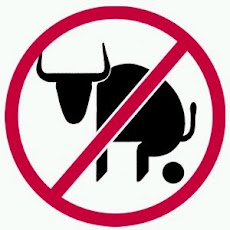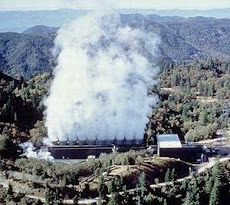"New wild horse plan reflects political reality"
Star-Tribune Editorial Board | Posted: Sunday, October 11, 2009 1:00 am | 1 Comment
Interior Secretary Ken Salazar has developed a wild horse plan that makes much more sense and is less costly than one approved by the House in July.
Salazar has proposed creating seven wild horse preserves, including two owned and operated by the Bureau of Land Management. The remaining five preserves, which would be run by nonprofit, private groups, would be located in the Midwest and East.
Interior officials created a stir earlier this year when they warned that slaughtering some of the 69,000 wild horses and burros now under federal control might be necessary to combat the rising costs of maintaining them. The House then passed the Restore Our American Mustangs Act, which would direct the BLM to find an additional 20 million acres of rangeland for the animals.
The Congressional Budget Office estimated the cost of the House action at up to $500 million. The agency said the cost of enacting all of the programs in the bill would be about $200 million over the next five years, if the Senate goes along with the plan.
Salazar said the two federally owned wild horse preserves, at locations yet to be determined, would cost about $92 million to buy and build. But the cost to taxpayers for care of the horses and burros would be reduced in the long term. The annual operating and maintenance cost of the BLM preserves would be only about $1.7 million.
Some ranchers, American Indian groups and Western lawmakers -- including Rep. Cynthia Lummis, R-Wyo. -- want to reverse a decades-old ban on selling horses for slaughter. Such killing would be done humanely under federal guidelines, but Salazar -- who has heard plenty about wild horses in his few months on the job -- said the idea is a "nonstarter."
"The fact is that the American public has shown that it does not want to have slaughtering of these animals," the secretary said.
The Wild Free-Roaming Horses and Burros Act of 1971 was supposed to protect wild horses by properly managing the animals on available public rangeland and allowing people to adopt excess animals that were rounded up by the BLM. But adoption numbers have dwindled dramatically in the past few years, and now there are nearly 37,000 wild horses and burros roaming the West. The BLM estimates the current rangeland can support about only 26,600 of the animals. Another 32,000 are cared for in corrals and pastures in Rock Springs, Kansas, Oklahoma and South Dakota.
In reality, the 1971 law placed the BLM in a no-win situation: It had to round up animals where they were too plentiful, but it couldn't humanely kill them when no one wanted to adopt them.
All of the horses and burros living on the preserves would be sterilized or segregated by sex, so that they would not reproduce. The BLM would seek to sterilize or control the reproduction of enough animals on the range so that the birth rate is 3,500 foals a year, about the current annual adoption total, so there would be no net growth of the wild herd.
An added bonus of Interior's plan is that the preserves would be open to the public, so there would be some tourism benefits that could help offset the overall cost of maintaining the herds.
Given the political realities outlined by Salazar, he's offered a workable, affordable compromise that will preserve the wild horses while limiting the damage they do to Western rangelands.
Posted in Editorial on Sunday, October 11, 2009 1:00 am Updated: 4:02 pm. | Tags: Chad Baldwin, Editorial, Editorial Board, Kerry Drake, Nathan Bekke, Opinion, Ron Gullberg, Sally Ann Shurmur, Wild Horses, Ken Salazar, Interior Department
Click title above to go to the article. Once there, look for the "Discussion" tab underneath the title to see the stoopit comment that needs rebutting; this guy thinks all the opposition to Salazers Plan is coming from a bunch of tree-huggers "back east."
http://www.trib.com/news/opinion/editorial/article_96c96f55-3229-5169-83cd-4c33f2650140.html
Sunday, October 11, 2009
Subscribe to:
Post Comments (Atom)



















No comments:
Post a Comment